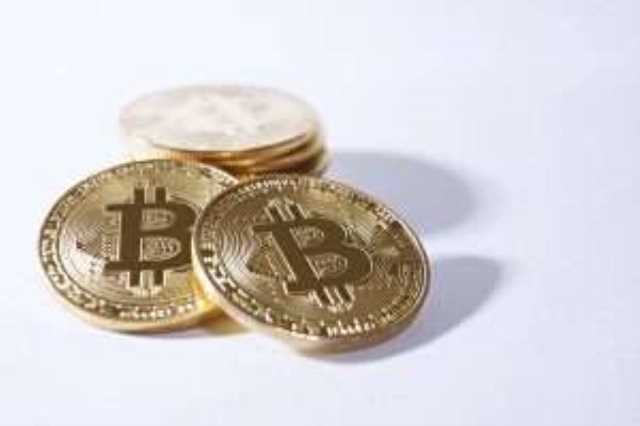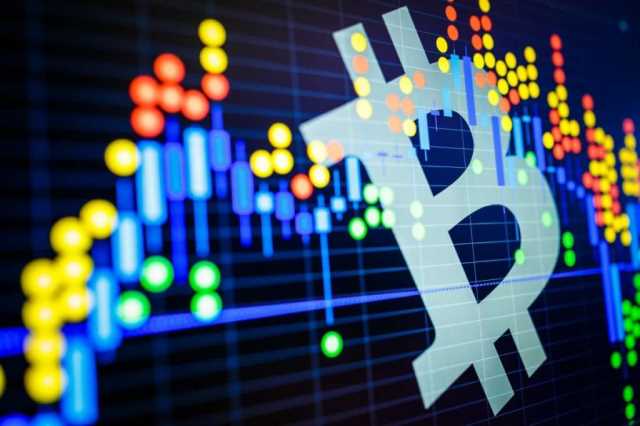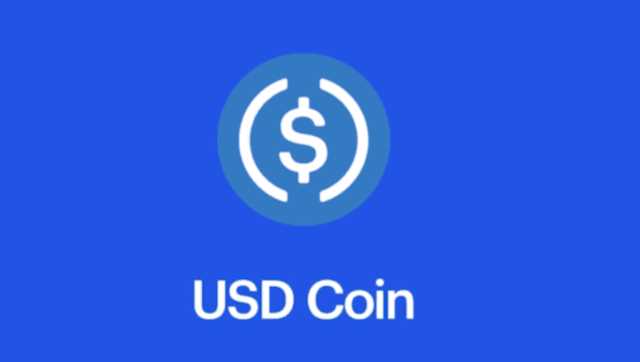The Halving Happened Why Isnt Bitcoin Soaring Higher?

While there are many other factors influencing Bitcoin’s price, it does seem that halving events are generally bullish for the cryptocurrency after initial volatility eases. “While the halving reduces the reward for miners, it equally lowers the supply of new coins without reducing the demand, notes Patricia Trompeter, CEO of cryptocurrency miner Sphere 3D Corp. On the other hand, while the halving reduces the reward for miners, it equally lowers the supply of new coins without reducing the demand, notes Patricia Trompeter, CEO of cryptocurrency miner Sphere 3D Corp.
What’s Bitcoin’s highest ever price?
Blueprint is an independent, advertising-supported comparison service focused on helping readers make smarter decisions. We receive compensation from the companies that advertise on Blueprint which may impact how and where products appear on this site. The compensation we receive from advertisers does not influence the recommendations or advice our editorial team provides in our articles or otherwise impact any of the editorial content on Blueprint. Blueprint does not include all companies, products or offers that may be available to you within the market.
Every four years, the amount of Bitcoin awarded to miners is halved, an event known as the Bitcoin halving.

The reward, or subsidy, for mining, started out at 50 BTC per block when Bitcoin was released in 2009. For instance, after the first halving, the reward for Bitcoin mining dropped to 25 BTC per block. “Bitcoin’s production scarcity is what defines its finiteness, and when reward goes down, supply is constrained,” says Chris Kline, chief operating officer of Bitcoin IRA. One of the most important features of Bitcoin is its limited supply and issuance mechanism. There wasn’t much immediate impact on general investors after Bitcoin halved as the price remained stable at around $64,000 per 1BTC. The price of Bitcoin, or 1 BTC, traded at $59,348.70 as of May 3, 2024, at 12 p.m.
- In 2023, the Bitcoin network witnessed a remarkable surge in hashrate, indicating a 104% rise in the computational power dedicated to mining BTC.
- The available supply of fiat currencies rises and falls under the watchful eyes of national central banks, but the total supply of bitcoin is fixed and immutable.
- But this compensation does not influence the information we publish, or the reviews that you see on this site.
- Historically, halvings have been followed by surges in bitcoin’s price.
- All miners confirm the data in the newly added block while trying to solve the puzzle for their own new blocks, hoping for an ever-decreasing reward.
- Over time, these rules evolved into today’s system, in which governments can (broadly speaking) print money whenever they like.
When was the first Bitcoin halving?

Bitcoin’s all-time high was on March 14, 2024, trading at $73,750.07 per bitcoin. The lowest intraday price that the crypto traded in the past year was $24,930.30 on Sep. 11, 2023. The cryptocurrency market faced an additional challenge this summer in the form of a massive Bitcoin sell-off by the German government. The price surge caused by the ETF approval along with anticipation for the halving itself could be a key reason why Bitcoin hasn’t experienced the dramatic moonshot many expected.
- Whereas the Federal Reserve, in contrast, can adjust the supply of dollars when they deem necessary, bitcoins would be released at a predetermined and ever-slowing pace.
- There is an acceptable inflation rate that is considered good for an economy—usually 2%—but this number is generally a target set by central banks as a goal rather than a reachable figure.
- For miners, the halving event may result in consolidation in their ranks as individual miners and small outfits drop out of the mining ecosystem or are taken over by larger players.
- Big news hit the cryptocurrency market in early 2024 before the halving ever occurred.
- There wasn’t much immediate impact on general investors after Bitcoin halved as the price remained stable at around $64,000 per 1BTC.
If mining hardware becomes standardized, miners will seek competitive advantages elsewhere, such as in energy sourcing, financial planning, or product diversification. Even in this scenario, it would cost over $20 billion, with the Bitmain AntMiner S9 being the only feasible device for reverse engineering. A favourable price movement after a halving event isn’t a done deal, however, Grayscale argues, noting other cryptocurrencies with similar halving mechanisms don’t always see price spikes post-halving. Bitcoin’s halving significantly impacts miners as each halving event eats into their reward, and by extension, their profitability.

Why does bitcoin halve?
Miners, participants who compete in a race to solve a cryptographic puzzle, are given new bitcoins if they are the first to solve it. To control the total supply of Bitcoin, which is capped at 21 million. The halving ensures a slow and steady release of new coins, mimicking the scarcity of precious metals. If demand for Bitcoin remains steady or increases while supply is restricted, the price per Bitcoin could rise.
- All in all, only a handful of miners will remain profitable post-having if Bitcoin’s price remains above $40,000, which it has blown past in anticipation of the halving.
- The halving goes all the way back to bitcoin’s origin story, born in the ashes of the 2008 financial crash.
- However, a halving cuts mining rewards, so the endeavor becomes less profitable with each halving if prices remain the same or drop.
- Due to the potential for losses, the Financial Conduct Authority (FCA) considers this investment to be high risk.
- While unclear how much growth the halving directly caused, it preceded a bull market.
- One of the key concepts behind halving the reward is to address inflation concerns.
When Is the Next Bitcoin Halving?
Since Bitcoin is not controlled by any one person or group, there must be strict rules about how much Bitcoin is created and how it’s released. Satoshi Nakamoto believed that this devaluation of fiat money could have disastrous effects, and so, with code, prevented any single party from being able to create more Bitcoin. Over time, these rules eroded as modernizing economies, during bouts of extreme financial uncertainty–like the Great Depression What is Bitcoin Halving and World War II–printed more money to help stimulate struggling economies. Over time, these rules evolved into today’s system, in which governments can (broadly speaking) print money whenever they like. Bitcoin was revolutionary in that it could, for the first time, make a digital product scarce—there will only ever be 21 million Bitcoin. To understand the Bitcoin halving, we must first understand the theory behind its supply.

Cryptocurrencies like Bitcoin, utilizing the Proof-of-Work (PoW) consensus, are generated by miners utilizing specialized computers to solve mathematical problems and facilitate the creation of new blocks. In return for their efforts, miners are rewarded with newly minted Bitcoin. The initial block reward for Bitcoin miners was 50 BTC, which gradually reduced over time. Bitcoin’s limited supply and issuance mechanism imbues the digital currency with a store of value proposition similar to gold. A phenomenon that occurs every four years drives this value proposition home. The continuous injection of liquidity into the economy leads to inflationary pressures over time.
What is Bitcoin halving?
It seems that, at least for the foreseeable future, the only thing anyone can do is make a wild guess as to what the market will do.
